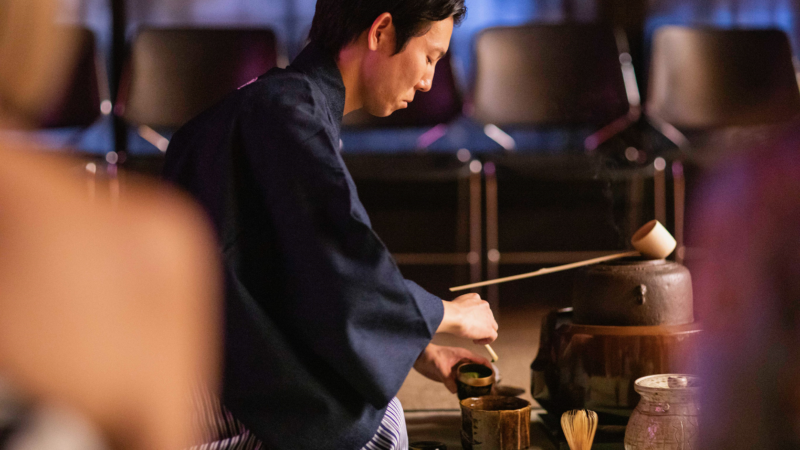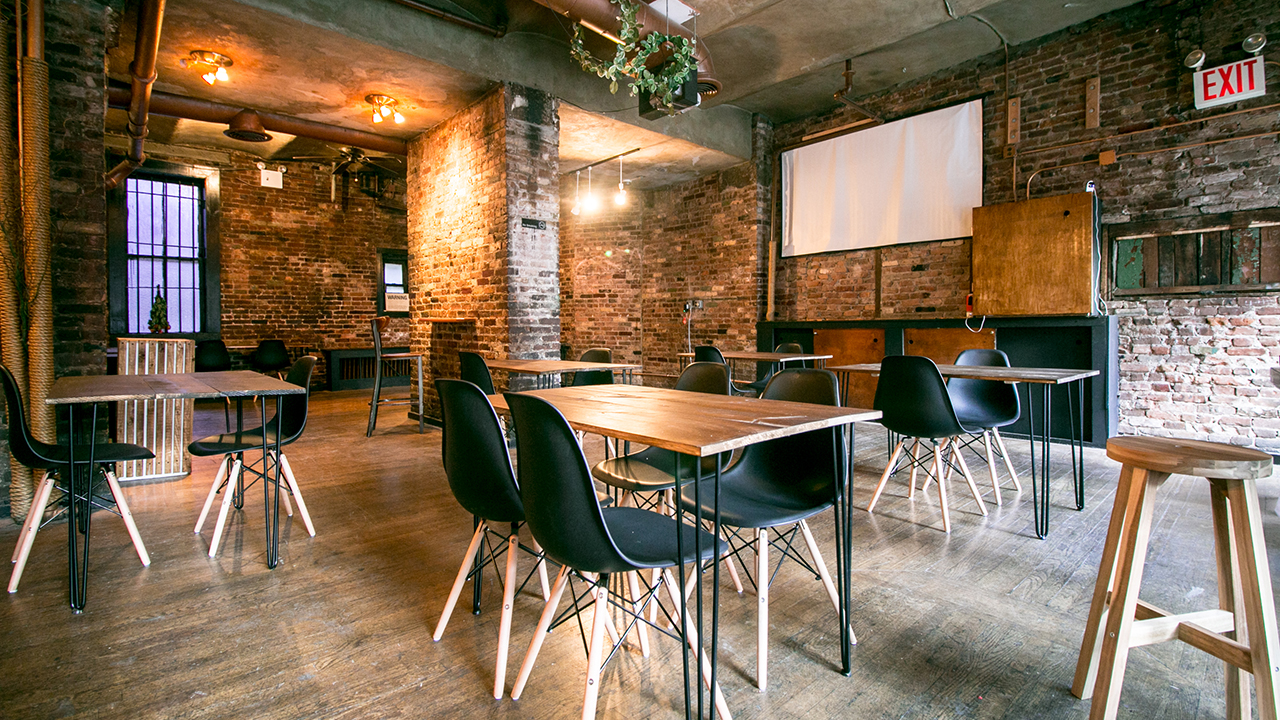
November 12, 2014 – Deborah Klens-Bigman, Ph.D.
On one of my visits to Japan several years ago, I was invited to an aikido dojo by an American student who had lived and trained there for many years. It was fun to meet her and see her dojo, a traditional “house” dojo, owned by her teacher. This American woman was not just a student, she was the daisempai of the dojo and the teacher’s adopted daughter; meaning, in effect, that she would take over the dojo and inherit everything in due time.
I mentioned, during my visit, that I was also going to Matsumoto, which has an intact battle castle. The castle had been built during the Tokugawa era (1603-1868) and had never been attacked, and so was in great condition. In fact, life in the small town was so pleasant, the only major addition made to the castle was a moon-viewing pavilion (aka party room), built some years after the castle was finished in the first half of the 17th century. In the later 19th century, the Japanese government made plans to tear down this remnant of the feudal past, but the residents of Matsumoto rallied together, pooled their money, and bought it. They established a beautiful park around their castle, and in the evenings people come to just sit and look at it.
My host said that, except for traveling to various aikido events with her teacher over more than ten years, she had never traveled in Japan at all. Jetlag really makes me untactful, so I blurted out, “Really? You do budo, and you’ve never wanted to find out anything about the roots of your art, or the history of the samurai class?” (We changed the subject.)
I know many people who go to Japan to train. Some of them have traveled or lived there and know a lot about the history and customs of particular areas, but most have simply gone long enough to train at a seminar, then decamp to the airport to go home; whether because of lack of funds or lack of vacation time, or simply lack of curiosity.
Me, I like context. I like history. Japan is a palimpsest of modern-day infrastructure side by side with a long past. In Kasumigaseki (in Tokyo), there is an old Shinto shrine that is nestled beneath some gleaming behemouth skyscrapers. That’s what I’m taking about. In many ways, this juxtaposition is a good metaphor for budo practice in Japan – modern people with real jobs and lives pursuing the same practice that their ancestors, in many cases, did. We are not talking about a quaint, antique hobby here; we are talking about a living, breathing manifestation of the past in the here and now. No amount of YouTube video is going to give you that historical and cultural context; nor are visits that last only as long as the seminar.
So, if you are fortunate enough to be able to go to Japan to train, that’s great. But do a little research (guess how I found out about Matsumoto Jo? From my hairdresser!) Talk to the Japanese sempai at the seminar and find out about where they live. Read those travel articles in the New York Times. Take a few extra days, get a rail pass, and get out and take a look around.
Among other things, you will find that Tokugawa Japan, which can still be glimpsed here and there, was much more complex than whatever books you’ve read, and that samurai were nothing like what you’ve seen in the movies. You’ll enrich your practice and expand your thinking.




